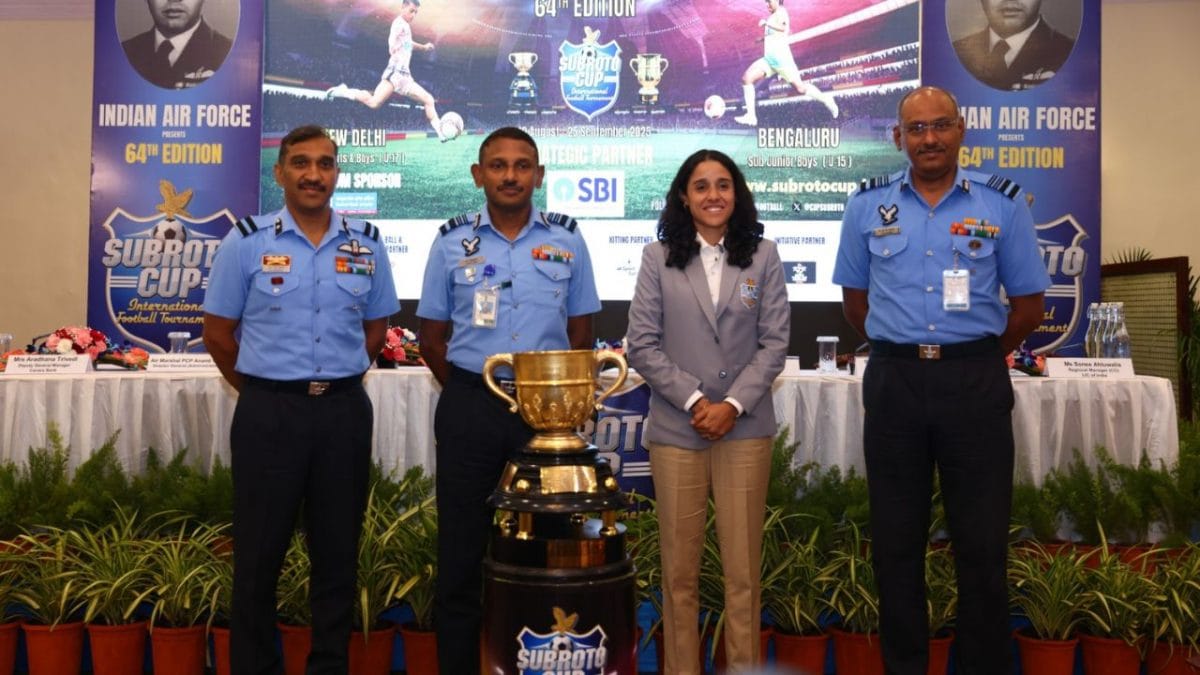

The Indian women's football scene is experiencing a surge in momentum, marked by recent achievements and growing optimism for the future. Veteran footballer Dalima Chhibber and other experts highlight the positive changes and potential that are shaping the landscape of women's football in India.
One of the most significant recent milestones is the Indian U-20 women's team's qualification for the AFC U-20 Women's Asian Cup for the first time in two decades. This historic achievement was secured with a 1-0 victory against Myanmar in their final qualifying match, with Pooja scoring the decisive goal. Goalkeeper Monalisa Devi's stellar performance, including crucial saves and clean sheets, was also instrumental in the team's success. The team remained unbeaten throughout the qualifiers, showcasing their improved capabilities. The All India Football Federation (AIFF) has announced a cash incentive of $25,000 for the U-20 women's team as a reward for their achievement.
This qualification follows the senior women's team's qualification for the AFC Women's Asian Cup 2026, ending a 23-year-long absence from the continental showpiece. India defeated Thailand 2-1 to secure their spot in the 2026 edition, which will be hosted in Australia. These qualifications signify the progress being made at both the youth and senior levels.
Several factors contribute to the promising outlook for Indian women's football. Increased opportunities for women footballers, with more tournaments and exposure tours, are playing a crucial role. The AIFF's focus on various aspects of player development, including nutrition, strength, conditioning, and technical skills, is also contributing to the improved performance of the team. Furthermore, grassroots initiatives like the ASMITA Women's Football Leagues have boosted the structure, leading to a substantial increase in registered women footballers.
Former Australia striker Sarah Walsh believes that India's women's football team has the potential to become a powerhouse in the next 10 years. She emphasized that investment and infrastructure development, especially if India secures the 2036 Olympic Games bid, could significantly accelerate the sport's growth. Walsh also hopes India will make a strong impact at the 2026 Women's Asian Cup in Australia.
Despite the progress, challenges remain. These include a lack of family support and awareness of future prospects, which can hinder the development of players at the grassroots level. However, initiatives like the Bhaichung Bhutia Football Schools (BBFS), which launched India's first women's residential academy, are addressing these challenges by providing a supportive environment for young female footballers.
Looking ahead, the Indian women's team aims to build on these recent successes and establish themselves as a dominant force in Asia. The AIFF has put a 25-year women's football strategy in place, with a short-term goal of being ranked among Asia's top-eight by 2027. With sustained planning, developmental efforts, and growing support, Indian women's football is poised for a bright future.